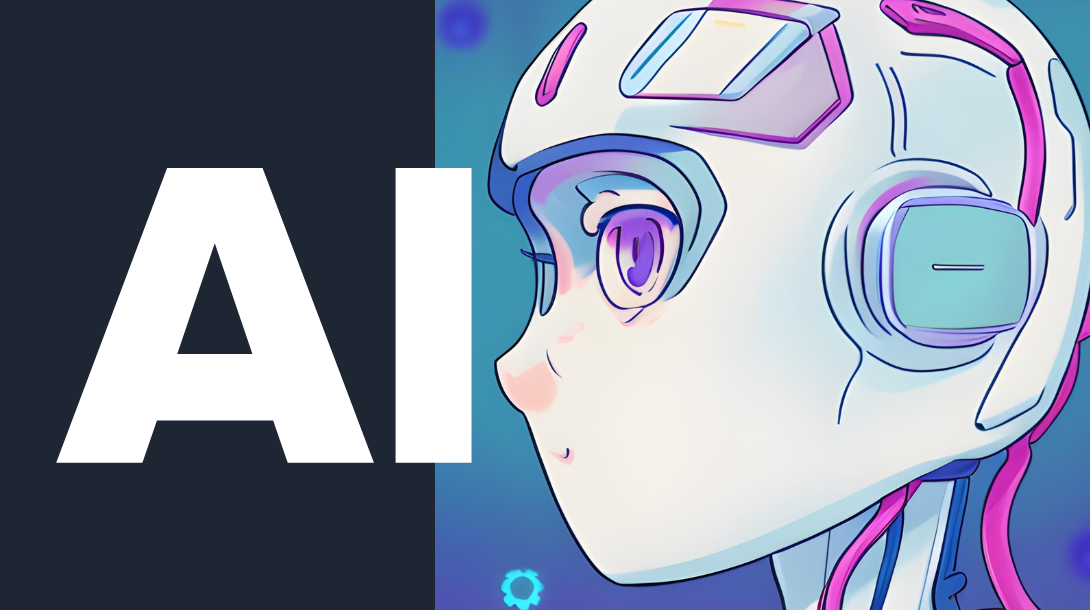How AI Can Help Nonprofits

In the blink of an eye, AI has seeped its way into every corner of the digital world. With tech giants like Google and Meta recently rolling out their own artificial intelligence technology, there is a growing increase in experimentation in the field. While the future of AI and its implementation is still hard to predict, AI is providing an unprecedented opportunity to transform the way nonprofits operate, potentially making roles more efficient and economical.
To best use this groundbreaking software, it’s important to acknowledge that AI is primarily a tool to enhance human capabilities. In fact, you can think of AI as an excellent brainstorming buddy where, in order to make the best of this incredible technology, you still implement your expertise, skills, and human touch.
Ways AI Can Be Useful
Writer's block can be such a pain. If you’re ever stuck when writing or coming up with ideas, requesting suggestions from software like ChatGPT can bring about a new wave of inspiration. Our most important recommendation is to thoroughly look over everything that the AI prompts, and not just implement it blindly. Always review your prompt, making it specific enough to fit the needs of your organization. You can read more about how to make an effective AI prompt here. You can use AI to help you brainstorm a strategy for marketing and communications, content ideas specific to your industry, write blog or article drafts, boost SEO, and more.
*Remember to not include any personal, or sensitive client information when inputting ChatGPT searches*
How AI Can Help!
Donor engagement and fundraising: AI algorithms can help segment donor bases more effectively by identifying potential major donors and crafting tailored fundraising appeals.
Content creation: there are a number of AI tools that can help with creating content, writing captions, making presentations and so much more.
Streamlining administrative tasks: AI can help automate data entry, document management, and reporting, which in turn leads to staff being able to use their free time with other tasks that take higher priority. Additionally, AI chatbots are becoming increasingly more popular, especially with routine inquiries and providing information, reducing the need for human intervention.
Resource allocation: AI can aid nonprofits in making informed decisions about resource allocation. By analyzing historical data, AI algorithms can predict future demand allowing organizations to optimize the distribution of resources accordingly, such as: volunteers, supplies, or financial resources.
Data analysis: Ai can be used to identify patterns, detect trends, and gain a deeper understanding of the individuals served, supporters, and operational performance. This information can then inform strategic planning, resource allocation, and program optimization, ultimately leading to better use of resources, and improved outcomes.
Conclusion
Nonprofits should be proactive in the implementation of artificial intelligence, and take the time to explore its benefits and opportunities, and even how to create an effective prompt. By leveraging AI-powered tools and technologies, organizations can enhance their decision-making processes, improve donor engagement and fundraising outcomes, streamline administrative tasks, optimize programs, and allocate resources more efficiently, maximizing their impact on the communities they serve.
